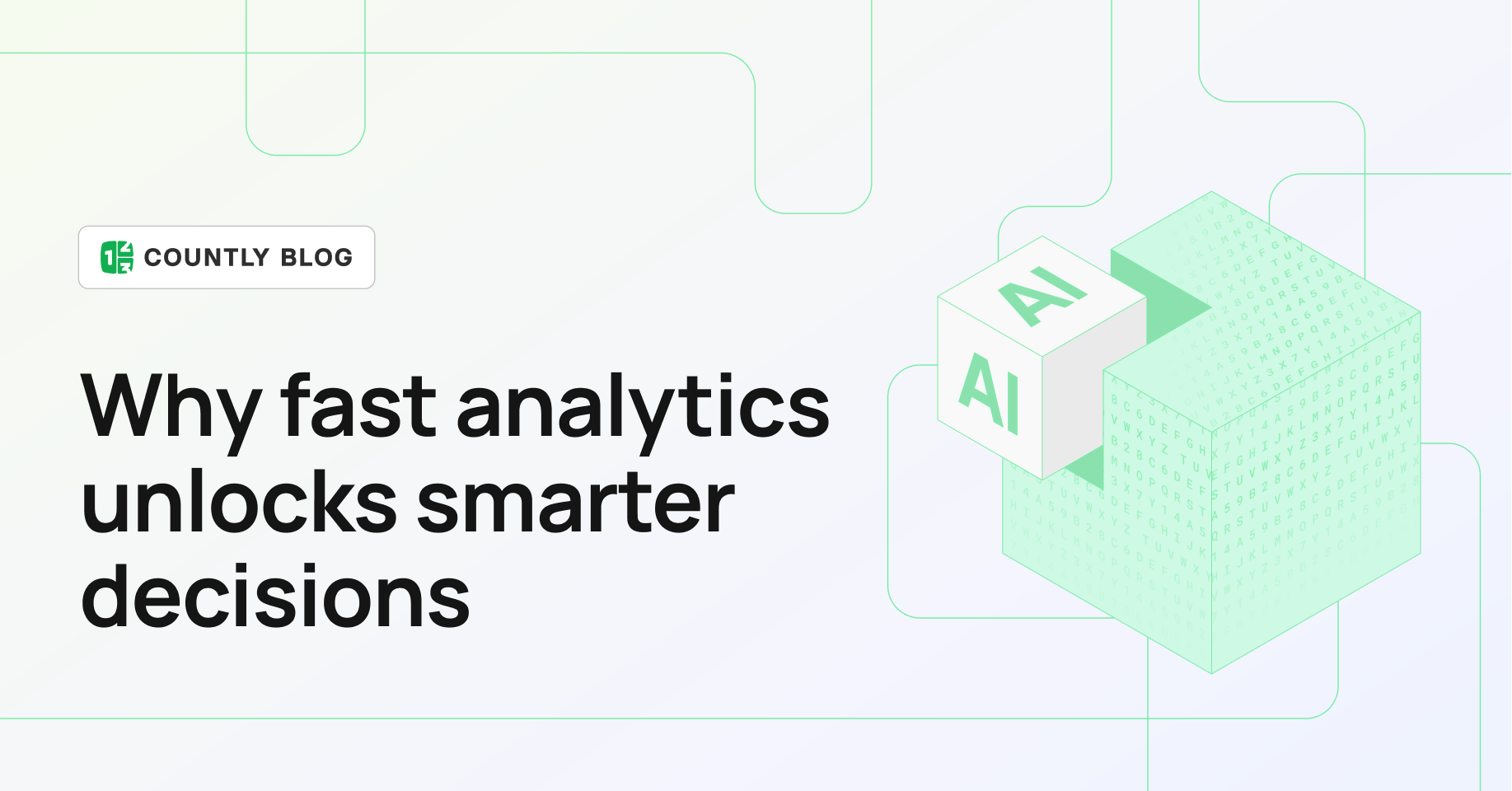Why Fast Analytics Unlocks Smarter Decisions (and AI Readiness)


A few years ago, we looked across many deployments and noticed a pattern: teams would build prototypes, spin up ML pipelines, and then stall. The model’s accuracy dropped. The “aha insights” dried up. The data scientists would get stuck waiting for dashboards to refresh, or data to be cleaned.AI is sexy. It sells. But it doesn’t do itself. The missing piece? Data readiness. Not just fast data. Structured, high-quality, privacy-safe, real user data.Because when your data is slow, your models are stale. When your data is messy, your predictions wobble. And when your data is untrusted or noncompliant, your entire AI initiative becomes a liability.
It’s tempting to equate “fast” with “good,” but speed alone doesn’t win the game. You can have blazing ingestion, but if your events are unlabeled, fragmented, or disconnected from user journeys, your AI still has no footing.Speed + structure + trust = AI readiness.Here’s how they stack up:
When those three align, you get something rare: data that AI can learn from, not just report on.
Once you free your data pipeline:
It’s no longer “Let’s see if AI works.” It’s “Let’s see how much value we can unlock tomorrow.”
Startups often have smaller data sets, fewer sources, cleaner pipelines. They can adapt. But big organizations have layer upon layer: legacy systems, ETL glue, data marts, permissions, compliance constraints. Untangling that isn’t easy.Many AI initiatives fail not because of the model’s math — but because the plumbing leaks.
If I could recommend one shift for teams ready to take AI seriously, it’s this: invest in data readiness first.Before you spend on fancy models, ask:
Because the companies that nail those questions are the ones whose AI moves from “nice experiment” to “strategic muscle.”
In the coming weeks, we’ll open up what this next phase looks like: a faster, smarter Countly built to make data truly AI-ready.We’ll talk about what’s new, what’s changing, and why it matters in a webinar shortly after the release.